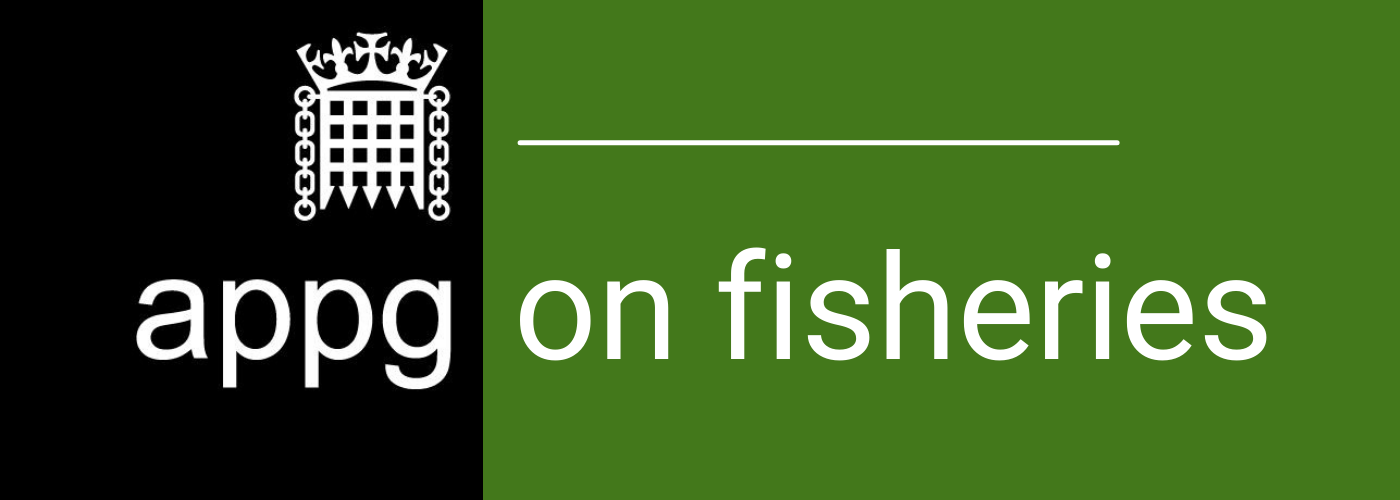On Monday 20 January, Parliamentarians from the UK and Norway gathered in the Palace of Westminster’s Grand Committee Room. The subject on the table was fisheries, a pertinent topic for both nations. As the UK leaves the EU, it finds itself an independent coastal nation. Norway, having never been part of the EU, is in a similar position - and also has a world-renowned fisheries policy. UK Parliamentarians hoped to learn from Norway about successful independent fisheries policy, and strengthen relations between the two nations.
UK and Norwegian Parliamentarians gather to discuss the future of fisheries.
What is the UK’s current situation?
As the UK leaves the Common Fisheries Policy (CFP), it finds itself in the unique position of being able to shape its own fisheries policy for the first time since the 1970s. There are strong expectations for the government to deliver on the guarantees made during the lead-up to Brexit, where promises to strengthen fishing rights for UK fishers formed a key component of the debate.
UK fisheries policy is set to evolve through 2020. During this transition period, UK vessels will continue to follow CFP rules, and will be represented on regional committees (e.g. the North Sea Advisory Council) by the UK Fisheries Minister. APPG Members pointed out that the resulting fishing opportunities following this period would depend on the political will invested by the UK government. The Fisheries Bill, which will provide the framework for future legislation, is currently progressing through Parliament. It aims to be an enabling bill, bestowing powers upon ministers and allowing room for further regulations.
How does fisheries policy work in Norway?
Overarching policy. Norway has greater political investment in fisheries than the UK, since fishing is considered both culturally and economically more significant in the country. There are two principal fisheries areas for Norway: cod in the north, and pelagic species such as mackerel and herring in the south. The Norwegian government is currently working on establishing new fisheries policies that involve less ‘red tape’, through small, adaptive changes.
Norway’s fleet. There are approximately 6,000 fishing vessels in Norway, mostly below 15m in length. As in many countries, employment within the fisheries sector has declined as use of technology and more efficient fishing methods have increased. Norway has regulations in place to ensure a diverse fleet, and distinguishes between pelagic and smaller vessels. Legislation on vessel ownership means that large multinational companies are discouraged, so the fleet is largely representative of Norwegian coastal communities.
Quota allocation. Quota is based on recommendations from the International Council for the Exploration of the Sea (ICES), and fishermen’s organisations decide how to divide it. Quota is distributed depending on vessel length (as well as other factors), and there are regulations in place restricting quota transfer between small and large vessels, to prevent larger vessels from monopolising quota. For the Atlantic cod stock, trawlers tend to get one-third of the total quota, and coastal vessels receive two-thirds.
A dynamic approach. Norway has responsive fishing regulations, allowing certain fishing areas to be closed and opened at very short notice. This dynamic approach is adapted often, based on new information. There is constant debate between fishers and scientists/managers about fisheries management, but the necessity of this continuous dialogue is accepted by all groups.
International relationships. Norway’s fisheries agreements are principally with Russia, with the EU treated as a third country. There is no particular agreement in place regarding access to the EU market for fisheries products. Much of the EU fleet’s access to Norwegian waters is due to historical rights, and access rights to the two principal stock areas are negotiated differently. When Norway joined the European Economic Area, fisheries and agriculture were kept separate.
Discards and bycatch. Norway has had a discard ban in place for at least 30 years, which involves bringing all fish caught to shore with no exceptions. Returns from catch in excess of quota are given to the fishermen’s co-operative, where the money is used to improve fisheries. Fisheries directors define minimum landing size and mesh size, and many vessels make use of various tools and fish-locating technologies to minimise bycatch.
Looking ahead
Both nations expressed the desire to work together on fisheries-related matters and formulate new agreements. It was noted that both the UK and Norway have a similar attitude when it comes to sustainability, and the importance of considering long-term effects over short-term gains was highlighted. UK Parliamentarians also want to work with other independent coastal states, such as Iceland.
Parliamentarians from both nations expressed their eagerness to ensure that new agreements actively supported fishing communities, as well as placing an emphasis on safety, sustainability and shared learning. It is expected that talks between the two nations will take place throughout the year.
--
The UK was represented at this meeting by members of the All Party Parliamentary Group of Fisheries, as well as a cohort of other interested Parliamentarians, many of whom have been nominated to become new members of the APPG (due to be ratified later this month). Norway was represented by members of the Norwegian Standing Committee on Business and Industry Affairs. This article presents an overview of the discussions that took place, pulling out the key points put forward by both countries. The full minutes of the meeting can be found here.
Please note that the APPG on Fisheries Secretariat is independently managed, and does not speak on behalf of the government. If you wish to quote any of the APPG’s publications, please get in touch.


